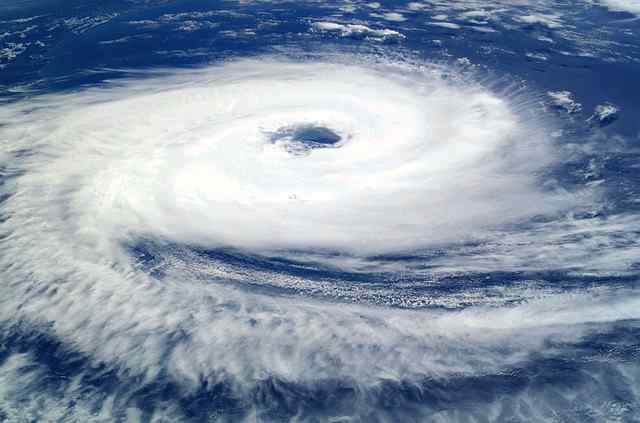Super Typhoon Kong-rey, one of the fiercest storms Taiwan has faced in nearly 30 years, made landfall this Thursday afternoon, bringing with it devastating winds, massive waves, and severe flooding. The storm, reaching maximum wind speeds of 184 km/h (114 mph), has left a significant impact across the island, with waves as high as 10 meters, widespread structural damage, and life-threatening conditions.
Unprecedented Landfall and Impact on Taiwan’s East Coast
The super typhoon hit Taiwan’s eastern coast in Taitung County, a mountainous and less populated region. While the rugged landscape helped buffer more densely populated areas, Kong-rey’s ferocity still left significant damage in its wake. Residents faced intense rain and gusts, leading to flooded homes, downed power lines, and road blockages. With over 100,000 homes losing power and financial markets closed, the storm has caused widespread disruption to daily life.
Casualties and Rising Injuries
Kong-rey has resulted in one confirmed fatality: a woman tragically lost her life in Nantou County when a tree collapsed onto her vehicle. The storm has also caused 73 injuries across the region, largely due to falling debris, damaged buildings, and accidents related to severe weather. The National Fire Agency reports 205 injuries in total and 34 mudslides, which have complicated evacuation and rescue efforts in the affected areas.
Mass Evacuations in Vulnerable Regions
To minimize the toll, authorities swiftly evacuated over 8,600 residents from high-risk areas across Yilan, Hualien, and Taitung Counties. Emergency shelters have been set up, and rescue operations are ongoing for individuals affected by floods, mudslides, and blocked roadways. The evacuation efforts highlight the government’s focus on ensuring resident safety and minimizing casualties amid the storm’s dangers.
Severe Disruption to Flights, Ferries, and Infrastructure
Kong-rey’s impact has been particularly felt in transport and services:
- Flights Canceled: More than 400 domestic and international flights were canceled due to the typhoon, stranding many travelers and affecting holiday plans.
- Ferry Services Suspended: All ferry operations were suspended to protect passengers and crew, given the heightened risk from high waves and storm conditions.
- Power Outages: Approximately 100,000 homes lost power, further straining emergency resources and affecting communication.
- Market Closures: Taiwan’s financial markets were closed, reflecting the severity of the typhoon’s impact on infrastructure and services.
The Government’s Rapid Response
President Lai Ching-te urged residents to remain indoors and avoid any risky activities, emphasizing the importance of heeding weather warnings. In a proactive response, the government mobilized 35,000 troops to assist in rescue and relief efforts. The mobilization includes clearing roads, restoring power lines, and distributing emergency supplies. Authorities have also prepared for post-storm recovery, with a focus on restoring public services and infrastructure.
Environmental Impact: Rising Concerns over Air Quality

The typhoon not only caused direct physical damage but also affected air quality across Taiwan. The high winds and flooding carried debris and pollutants, which may contribute to elevated levels of particulates in the air, raising health concerns. With AQI (Air Quality Index) levels anticipated to be affected in urban areas, residents are advised to monitor air quality and take precautions, especially those with respiratory conditions.
Community’s Strength Amid Disaster
Despite the devastation, Taiwanese communities have displayed remarkable resilience and unity. Volunteers, relief organizations, and local residents have come together to support one another in these challenging times. Organizations and community members are providing food, shelter, and medical aid to those affected, underscoring Taiwan’s spirit of solidarity and resilience.
Recovery Efforts and Precautionary Measures
As Super Typhoon Kong-rey continues its course, Taiwan’s emergency response teams remain vigilant, focusing on mitigating further damage and ensuring public safety. With the typhoon likely to weaken in the coming days, the focus will shift towards rebuilding efforts, restoring essential services, and addressing the community’s immediate needs. Authorities will also likely evaluate infrastructure resilience and reinforce preparations for future extreme weather events, as super typhoons become more frequent with changing climate patterns.
Read More:
Super Typhoon Kong-Rey Nears Taiwan: Authorities And Residents Brace For Impact – Sarv Patrika

